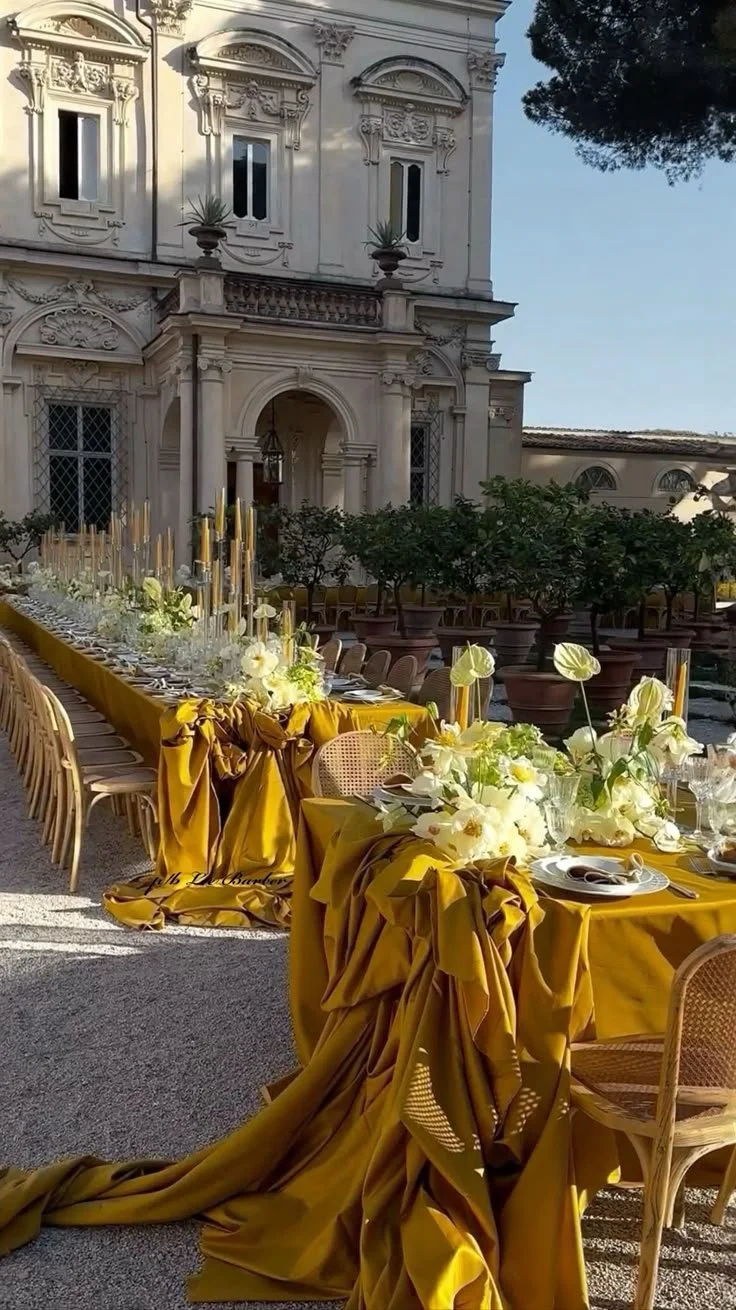Legal Vs. Physical Custody: What's The Difference?
Separation or divorce brings about severe legal decisions regarding your children. Among the most important are the differences between legal and physical custody.
Legal custody refers to a parent's authority to make crucial decisions for their child, while physical custody entails who, with whom, and where the child will reside.
In this article, we provide more insights into two types of custody and how they differ.
Defining Legal and Physical Custody
There are two distinct types of child custody: legal and physical.
Legal custody is the right to make important decisions for your child, including but not limited to educational, medical, and religious choices.
On the other hand, physical custody entails being solely responsible for your kid's living arrangements, which determines which of you, the parents, the child will almost always stay with.
Know that the primary goal of determining custody of the child is to serve your child's best interests. Whether you're opening up an old custody case or becoming a newly divorced parent, you must understand that these custody forms are vital to ensuring the well-being of your child.
No. 1
Legal Custody
This type of custody allows you to make vital decisions about their religious activities, schooling, and medical care and treatments.
In a joint legal custody case, both parents can share responsibility, promoting a collaborative parenting style. Equally, in a sole legal custody case, only one parent holds this authority.
This power comes with many responsibilities. The choices you make under this custody, whether it's about your child's healthcare or education, can have severe effects on the life of your child or children. You must make wise decisions to keep your kid's best interest at heart.
There are two types of legal custody:
Joint legal custody
Sole legal custody
Let's explore this further.
Joint legal custody involves both parents making decisions for the child. This approach emphasizes mutual respect and collaboration. Joint legal custody requires a willingness to find a middle ground and effective communication, as disagreements are unavoidable.
Sole legal custody, on the other hand, may be given in specific situations, typically when joint custody is not in the child's best interest or is not possible. Such states include situations where the geographic distance between both parents is significant, making joint legal custody impractical.
Also, concerns like neglect, substance abuse, or a history of abuse with one parent may lead the court to acquire sole legal custody of the child to the other parent.
No. 2
Physical Custody
While legal custody can be likened to the steering wheel in your kid's life, physical custody can be said to be the vehicle. It refers to where your child will live and who provides their daily needs.
In this custody type, the child primarily lives with one parent, while the other parent only has the right to visit. Physical custody implies that the child will divide their time between both parents,
The major challenges parents face with this custody type, especially in joint arrangements, are as follows:
Creating a consistent and stable environment for the well-being of the child
Establishing schedules and similar rules in the household of both parents
Achieving a balance that will be crucial for a successful joint custody
Takeaways
Different types of child custody arrangements, primarily legal custody and physical custody, play crucial roles in determining a child’s well-being after parental separation. Understanding these distinctions is essential for parents navigating custody agreements, as they directly impact the child’s emotional and psychological development during and after the transition of family dynamics. Ultimately, prioritizing the child's best interests remains the central focus in any custody arrangement.
Here is a summarized list of the core focuses of legal and physical custody:
Legal Custody
This is about making big decisions for the child.
Parents with legal custody can decide things like where the child goes to school, what medical care they get, and even their religion.
It doesn’t matter where the child lives; this is about having the power to make important choices for them.
Physical Custody
This is about where the child actually lives.
The parent with physical custody is the one the child stays with most of the time.
This could be one parent, or sometimes, it’s shared between both parents depending on the situation.
Looking for resources?
At Hello Lovely Living, we aim to empower you to earn and save money and time while benefiting from our expansive network of home, life, wellness, travel, work-from-home, career, and business resources and opportunities. Discover a wealth of tools to support your journey.






























